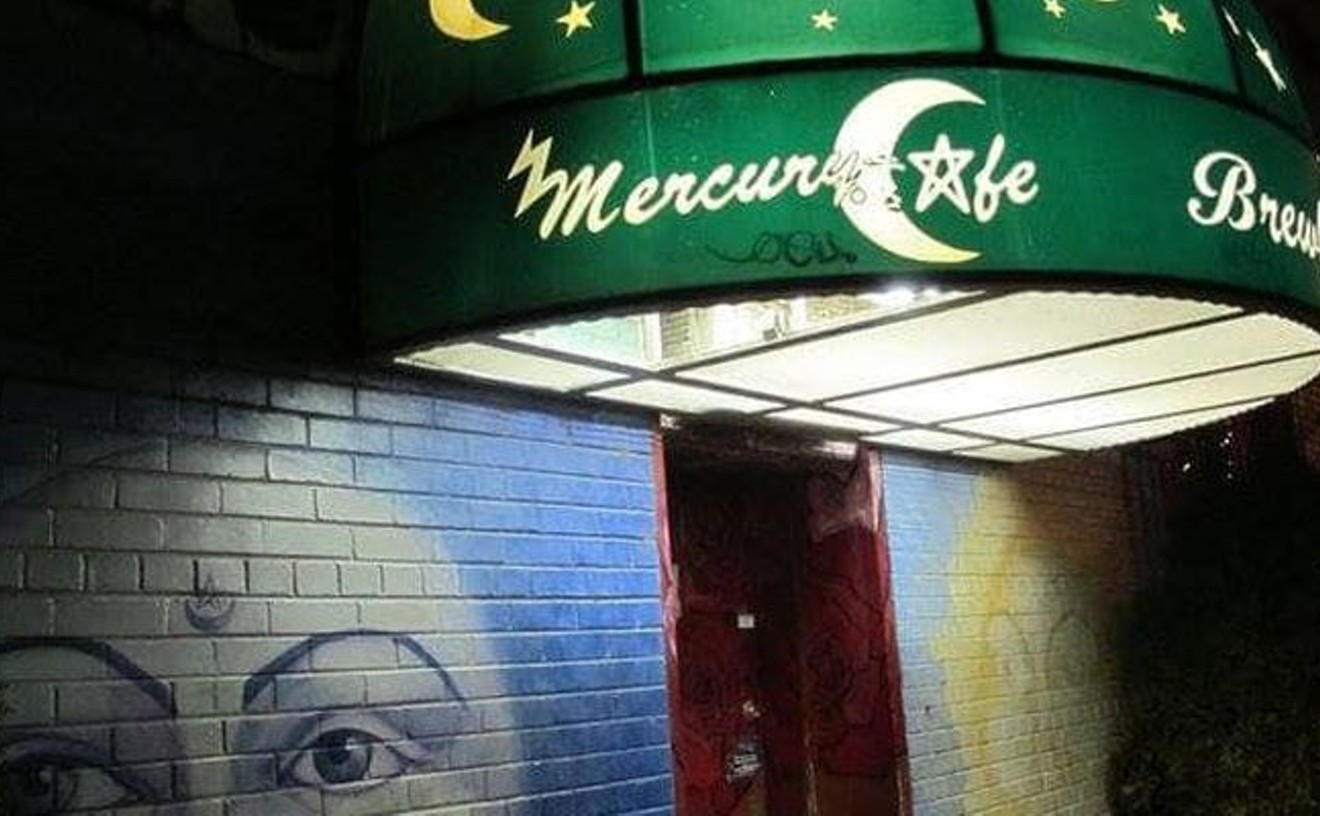See Also: From the Archives: Letter from Alice Toklas on the death of Gertrude Stein From the Archives: Allen Ginsberg's Postcards to Ed White From the Archives: the periodicals of pot
Below is a look at the Tivoli in the late '70s. It's now known as the Tivoli Student Union, and has been used for that purpose since 1994; it was originally known as the Colorado Brewery. In 1901, a brewer named John Good bought the brewery and renamed it Tivoli, after the Tivoli Gardens in Denmark. At the time of this photo, the brewing company had shut down and plans were already being made to redevelop the building; it has been on the National Register of Historic Places since 1973.
This is a similar view of the Tivoli from 2008:The picture below is a bit surreal, and its story not entirely a good one. On the left is St. Cajetan's Church, built in 1925 for the Spanish-speaking population that settled n this neighborhood. But more than four decades later, with AHEC coming in, they were forced to move, and eighborhood institutions like the school and the credit union were demolished. The St. Cajetan's parish found a new home -- but the church itself was declared a historic landmark by both the National Register of Historic Places and the Denver Landmark Preservation Commission, and that designation is the only reason this church was not torn down with the rest of the neighborhood.
The street that can be seen running through this photograph is Lawrence Street. This photo shows an alternate view, with Lawrence on the right: In the foreground is the Emmanuel Gallery, which is now a space that the three schools on the Auraria campus share. It was erected in 1876 and originally served an Episcopalian congregation; it was reincarnated once as a Jewish temple and again as an artist's studio, until finally becoming a gallery. Lawrence ran next to it for years, providing what's now Metropolitan State University of Denver with an unusual mascot: the "Roadrunner," a nod to the students who'd dart across the street to get to classes. Things have certainly changed -- check out Emmanuel Gallery in 2009:Follow @WestwordCulture










